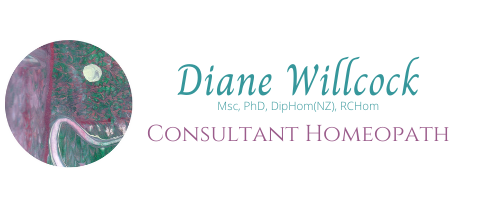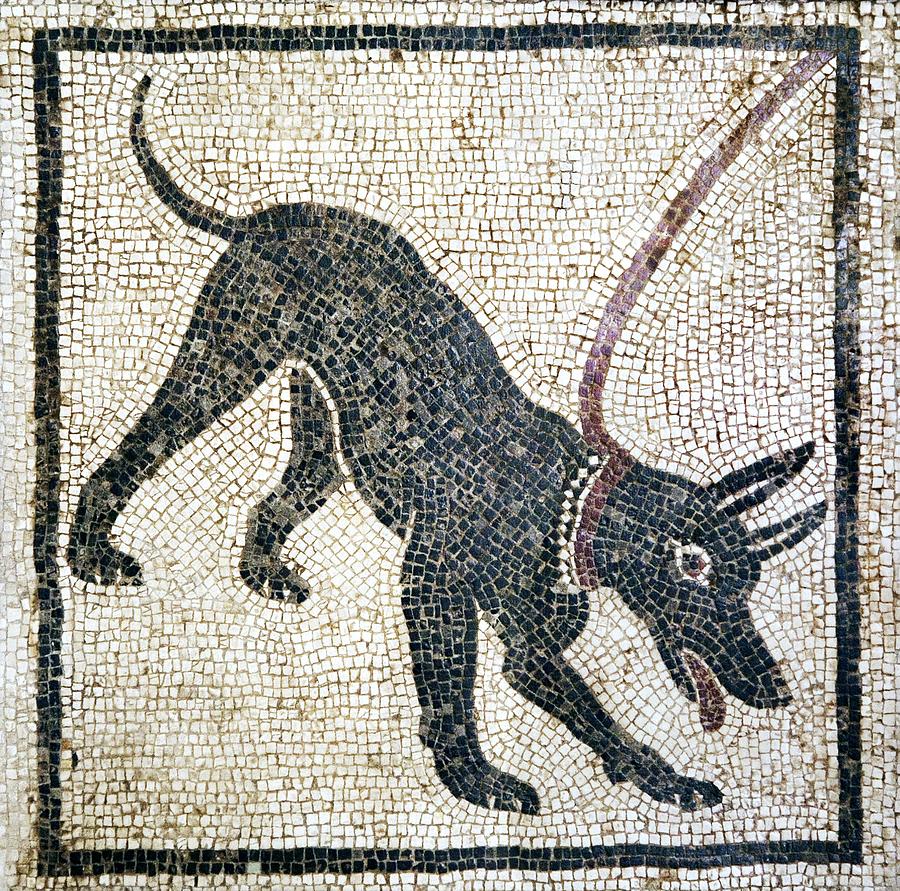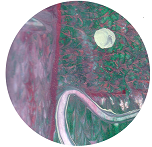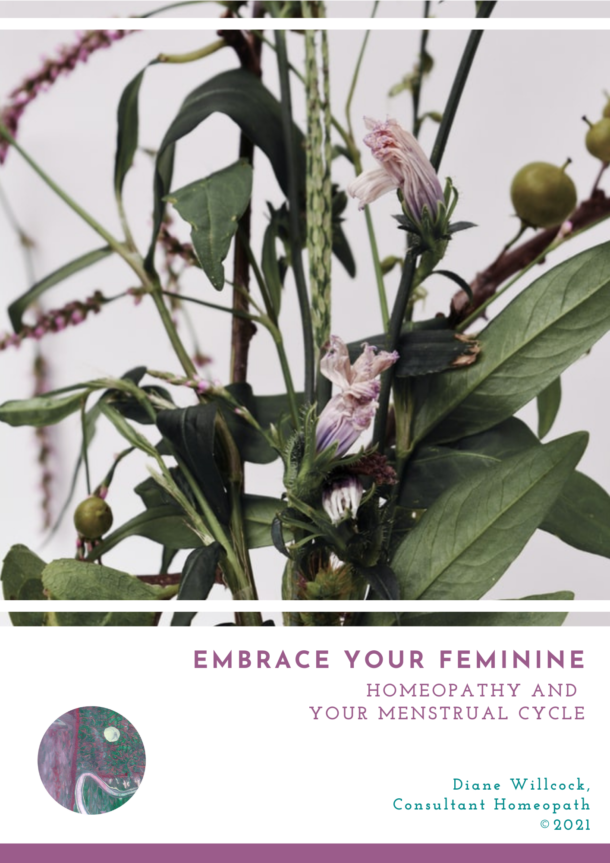The Hair of the Dog
There is saying about the hair of the dog that bit you. It originated sometime in the mists of antiquity – the Romans are said to have treated dog bites with a salve from made from burnt hair of the offending dog. These days the expression is used to suggest a tipple as a cure for a hangover. The idea is that the very thing that caused the problem can be used to treat the problem. Homeopathy is a bit the same.
People often ask me what homeopathy is. A reasonable question but hard to answer in a sentence or two.
Short answer is: Homeopathy is a patient-centered approach to medicine based on the Law of Similars.
The long answer starts more than 200years ago …
Contraries vs. Similars
Hippocrates (470-400BC) wrote that there are two methods of healing – either by contraries or by similars. In practice however, Hippocrates mostly employed contraries: Diseases which arise from repletion are cured by depletion; and those which arise from depletion are cured by repletion; and in general, diseases are cured by their contraries. – Aphorisms II : 22 Observations & Experimentation
Two millennia later, Paracelsus (a.k.a. Phillippus Aureolus Theophrastus Bombastus von
Hohenheim), 1493-1541, re-directed the alchemists’ search for the elixir of life towards practical pharmaceutical studies and treating illness. Paracelsus travelled widely learning about indigenous healing arts. An alchemist, physician, botanist & astrologer, he is acknowledged as the father of chemistry for his work.
Paracelsus believed that observations, experience & experimentation were essential to medical practice. As a physician he used mostly plant extracts as medicine and believed that there was no substance that could not be at the same time a poison and a medicine – but that the dose makes the poison. His premise was that a poison could be cured by the same or similar poison or what makes a man ill also cures him.
Interestingly Paracelsus is said to have cured many persons in the plague-stricken town of Stertzing in 1534 by administering orally a pill made of bread containing a minute amount of the patient’s excreta he had removed on a needle point.
Do No Harm
Two centuries later in the late 1700s, a brilliant German doctor by the name of Samuel Hahnemann (1755-1843) became disillusioned with and gave up the practise of medicine. He took seriously the “Do no harm” precept of medicine and saw that the medical practices of the day (leeches, blood-letting, ingestion of mercury and so forth) were doing more harm than good and had no underlying basis.
Hahnemann still had to make a living and being multilingual, he set about translating medical texts. In one such book the author, Dr William Cullen, asserted that Chincona is a cure for malaria because it is astringent and bitter. Hahnemann knew that Chincona (from which quinine is extracted) is an effective treatment for malaria. However he took issue with the assertion that astringency and bitterness were the cause of this effectiveness.
Being a man of scientific curiosity, Hahnemann investigated just what effect Chincona has on the human body; he administered Chincona to himself, a healthy person. To his surprise he developed the symptoms of malaria and these abated when he stopped taking the drug. He experimented more with the cooperation of colleagues and his children.
Several years of meticulous and rigorous experimentation with Chincona and other medicinal substances lead him to the conclusion that the curative power of a medicine depends on the symptoms that it can produce – each individual case of disease is removed only by that medicine capable of producing a similar complex of symptoms. Hahnemann summarised this principle as Similia similibus curentur which roughly translates as Like cures like.
Although Hippocrates and Paracelsus had already made much the same assertion, Hahnemann (who would have been familiar with their work) developed the idea into an effective system of medicine.
Annihilate the Disease
Doctor Hahnemann had the insight to recognise that a living organism has a tremendous capacity for self-healing and that the symptoms a person experiences when he or she is sick are not the disease itself but an indication of how the body is trying to heal itself. For instance there may be an inflammatory response (fever, redness, pain) or a purgative response (vomiting, diarrhoea) or elimination through the skin (eczema, boils or other skin eruptions).
Whatever the case, simply removing or suppressing the symptoms (fever, vomiting or skin eruptions) does not address the underlying problem. Hahnemann’s conjecture is that a substance capable of causing a similar response (and administered in an appropriate dose) will annihilate the existing disease (since an organism cannot support two similar diseases at the same time – the stronger overrides the weaker).
For example, a bee sting typically causes redness, swelling, stinging pain, itching. Thus a disease with symptoms of redness, swelling, stinging pains and itching may be annihilated (or cured) with a suitable dose of bee venom.
Another example, onions are known for their ability to produce teary eyes & runny nose. This suggests a use for onions in the treatment of hay fever & colds.
The same principle works on the emotional /mental level too. Many plants and chemicals are capable of producing psychological or emotional disturbances and thus capable of initiating cure of such disturbances.
Hahnemann put much effort into establishing exactly what various substances were capable of causing by conducting provings (a poor but enduring translation of German word). In the same way as he tested Chincona on himself, he would give a substance to volunteers and observe the effects. Thus he was able to build up a range of homeopathic medicines (which he called remedies). By 1810 he was able to publish the first edition of his seminal work The Organon of Medicine and a Materia Medica of 67 remedies.
Less is More
Having established a sound principle of medicine, Hahnemann resumed the practise of medicine. He had good results but was still concerned about the size of the dose. Some of the substances he was working with were toxic and he was unhappy with side-effects – he wanted the cure to be gentle.
Accordingly he reduced the size of the dose by dilution until all toxicity was gone. After too many dilutions however, there was no therapeutic effect. Then for reasons he did not explain, he “added kinetic energy” by succussing the liquid i.e. pounding the test tube of diluted substance against a book several times between dilutions.
He called this process of dilution and succession, potentisation. And it did indeed make the medicine potent – the more potentisation steps involved the more potent the medicine became, even when dilution went well beyond the point of there being any molecules of the original substance left.
Interestingly, modern science can now tell us that there are in fact nanoparticles are present and that Hahnemann’s potentisation method is very similar to modern methods of producing nanoparticlces.
Hahnemann’s Legacy
Hahnemann devoted the rest of his life to further development of this branch of medicine which he named homeopathy (from the Greek homoeo – same and pathos – disease). He identified a few other principles – that a single remedy be given, that the minimum dose needed be given and that treatment be individualised to the person.
By the time of his death in 1843, he was using 140-150 potentised medicines (some of these are still extant today and still effective), his Organon of Medicine had been revised five time and his followers had taken homeopathy across Europe, to England, to North America and to New Zealand.
Today homeopathy continues to grow in popularity. Advances continue to be made. Modern homeopaths have access to thousands of homeopathic medicines made from mineral, plant, and animal sources. Homeopathy is so well trusted that 300 million patients in more than 80 nations use it.
In countries such as the U.K., Brazil, parts of India, Mexico and Cuba homeopathy is integrated into the health system and covered by public health insurance. In Europe, three out of four people are familiar with it. In Cuba, mass dosing of preventive homeopathic medicines is now used routinely by the public health system for epidemic control.
The highest ideal of cure is rapid, gentle and permanent restoration of the health,
or removal and annihilation of the disease in its whole extent,
in the shortest, most reliable, and most harmless way,
on easily comprehensible principles.
– Samuel Hahnemann
Some References and Places for More Information
Osborn, D.K. (2010), Introduction to Therapeutics in Greek Medicine http://www.greekmedicine.net/Principles_of_Treatment/Introduction_to_Therapeutics_in_Greek_Medicine.html accessed Sept 5 2014
Hargrave, J.G. (2014), Paracelsus http://www.britannica.com/EBchecked/topic/442424/Paracelsus
Morrell, P. (undated) A Brief Biography of Samuel Hahnemann http://www.homeoint.org/morrell/articles/biohahnemann.htm
Chikramane PS. et al. (2010) Extreme homeopathic dilutions retain starting materials: A nanoparticulate perspective Abstract at http://www.ncbi.nlm.nih.gov/pubmed/20970092
Malik,N. (2015) Recent Advances in Nanoparticle Research in Homeopathy https://hpathy.com/scientific-research/recent-advances-in-nanoparticle-research-in-homeopathy/
Wehrstein K.(2013), Homeopathy Offers Hope published in The Canadian National Post http://fullcomment.nationalpost.com/2013/01/28/karen-wehrstein-homeopathy-offers-hope/





